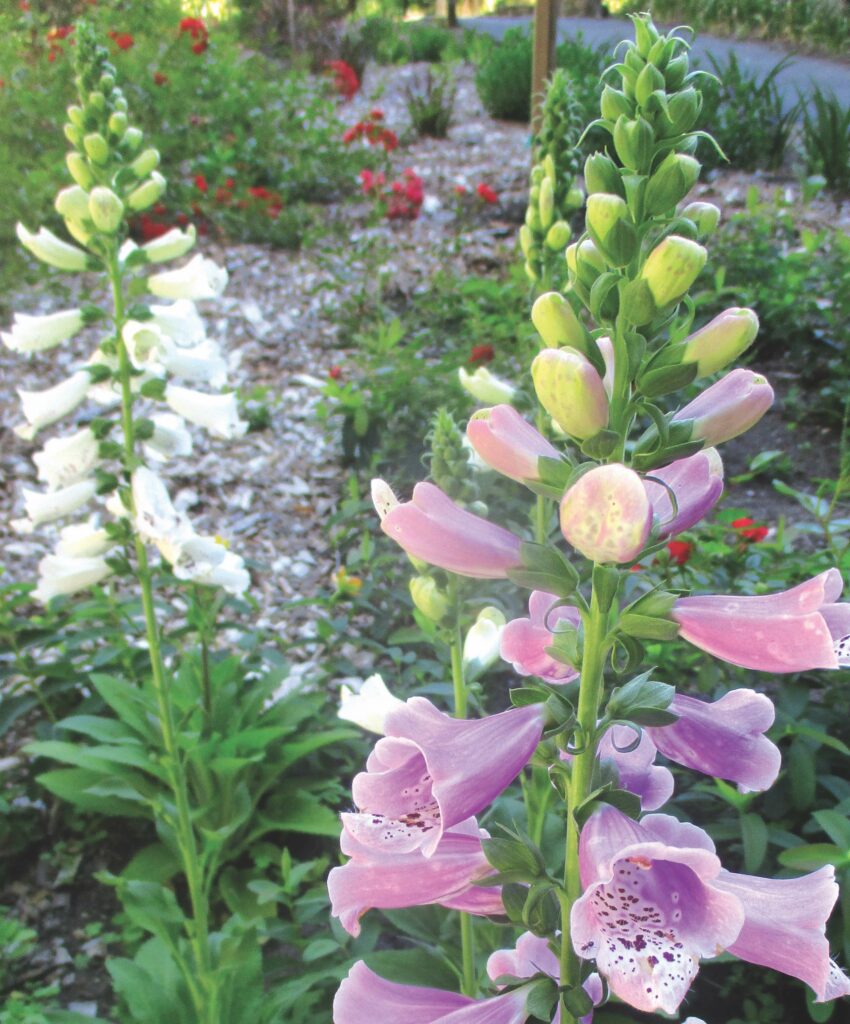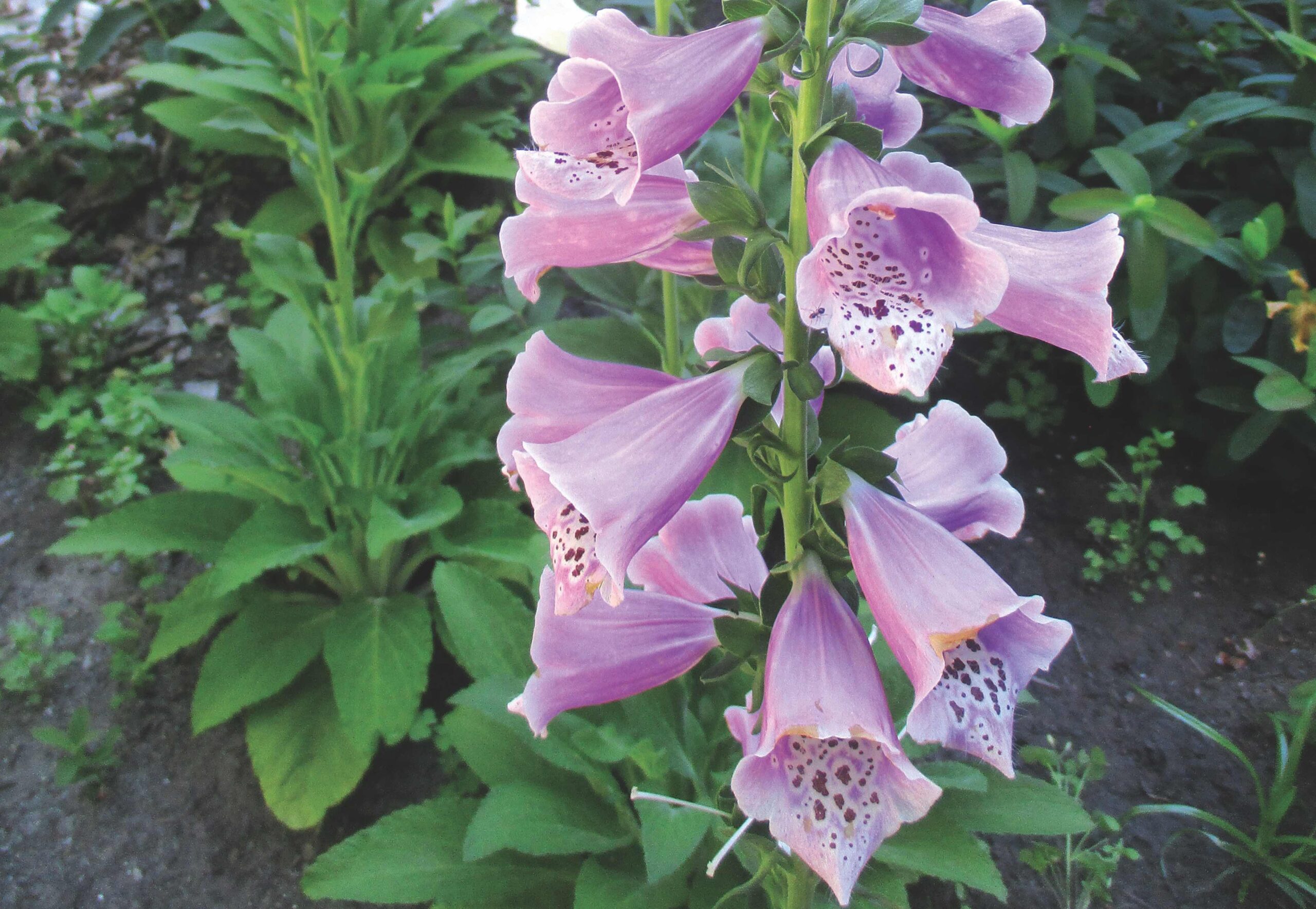Oleander that inhabits freeway medians is poisonous enough to be hazardous. Two tons of Buick cruising at 65 miles per hour past such oleander has more potential to be hazardous. The risk associated with toxic plants within freeway medians is as limited as their accessibility. Remarkably durable and resilient oleander is therefore quite practical.
Realistically, established oleander is quite practical for many landscapes. (Oleander leaf scorch limits the practicality of new installation though.) It is not the sort of vegetation that is appealing for consumption. Caustic sap should deter anyone who tries. It is poisonous primarily to curious young children or chewing dogs. It is generally safe in their absence.
Foxglove, angel’s trumpet, castor bean, nightshade and poison hemlock are significantly more hazardous because they are easier to consume. The seeds of castor bean and the fruits of nightshade actually seem to be edible. Poison hemlock sometimes mingles with foraged greens. Many diverse toxic plants exhibit hazardously appealing characteristics.
Some toxic plants are appealing enough to come indoors, where cats who never venture outdoors might take an interest in them. Dumb cane (Dieffenbachia) is a popular but very toxic houseplant. Mistletoe, although a parasitic and undesirable weed, is popular as cut foliage at Christmas. Its berries are very toxic. Poinsettia exudes caustic sap if disturbed.
Some toxic plants are toxic only because they are allergens. They affect only those who are allergic to them. Most people are allergic to poison oak. Fewer are allergic to related plants, such as African sumac. Some people are more or less allergic to a few species of Grevillea or Primula. Reaction to such species can be comparable to that of poison oak.
Too many toxic plants inhabit home gardens to list. Some are familiar fruit and vegetable plants, such as elderberry and potato. Some should be removed for the safety of children or pets. Selection of new plants can simply and conveniently omit any concerningly toxic plants. Generally though, with responsible interaction, most toxic plants are not too risky.

Highlight: foxglove
It is no coincidence that its generic name seems more pharmaceutical than horticultural. After all, the cardiac medication digitalis is an extract of foxglove, Digitalis purpurea. The plant is unfortunately very toxic. Because it naturalizes in several regions, it can be more hazardous than standardized medications. It can migrate undetected into home gardens.
Otherwise, foxglove is a delightful warm season annual with a rustic or woodsy style. It is actually a biennial that generates basal foliar rosettes during its first season, and blooms during its second season. Although technically monocarpic (so should die after bloom), it can produce a few short pups to bloom later. Seedlings can appear in random situations.
Plants from nurseries grew during a previous season, so are ready to bloom immediately for early summer. Their seedlings may grow through later summer and autumn, so they might bloom for the following summer. Floral stalks generally stand between three and six feet tall. The tubular and somewhat pendant flowers are mostly pinkish purple, pink or white. A few modern varieties bloom yellow or apricot.
Tony Tomeo can be contacted at tonytomeo.com.










